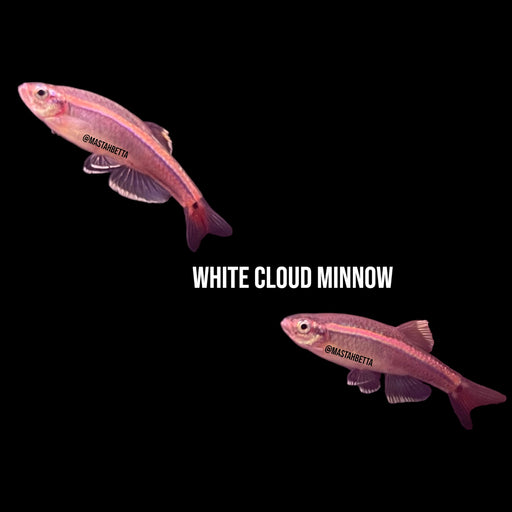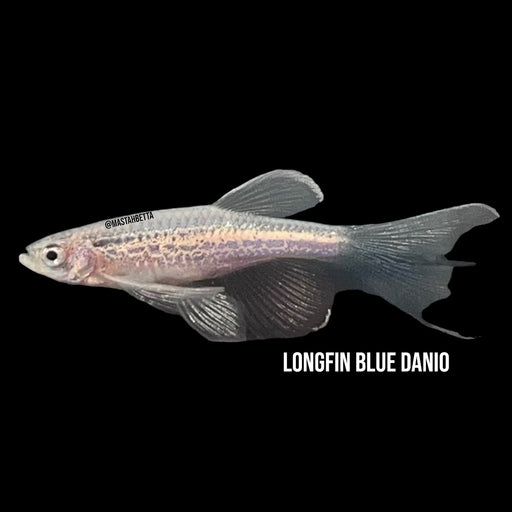Introduction
Are you a fish hobbyist eagerly awaiting the arrival of new aquatic friends? Properly acclimating your fish is crucial for their well-being and a smooth transition into their new home. One effective method of acclimation is drip acclimation. In this comprehensive guide, we will walk you through the step-by-step process of drip acclimation, ensuring a seamless and stress-free introduction of your fish to their new environment.
Step 1: Floating the Bag
Before you begin the acclimation process, it's important to float the bag containing your new fish in the aquarium. This allows the temperature of the water inside the bag to gradually adjust to that of the tank. For the next 20-30 minutes, ensure all lights are off to minimize stress on the fish.
Step 2: Preparing the Fish

Once the floating period is complete, carefully pour the contents of the fish bag into a clean bucket or container. Ensure that the container has a secure lid or cover to prevent any fish from jumping out.
Step 3: Adjusting the Water Level

To create an environment similar to their new tank, adjust the water level in the bucket. The water level should be approximately an inch above the height of the fish. Think of it as measuring the water just like cooking rice!
Step 4: Introducing Airstone

Insert an airstone into the bucket or container. The airstone will help oxygenate the water and provide a more comfortable environment for the fish during the acclimation process.
Step 5: Initiating the Siphon

Now it's time to start the siphon. Take one end of the airline tubing and insert it into the new tank. Submerge the other end into the bucket or container with the fish. Here comes the interesting part: gently suck on the free endof the tubing to create a siphon. This will initiate a slow and steady flow of water from the tank to the container.
Step 6: Adjusting the Drip Rate

Once the siphon starts, tie a knot in the tubing close to the container end. The knot should be tight enough to allow only one drip per second. This controlled drip rate ensures a gradual adjustment of water parameters, reducing the stress on your fish.
Step 7: Transferring the Fish

Allow the drip acclimation process to continue for 1.5 to 2 hours. During this time, closely monitor the water level in the container. Once the acclimation period is complete, gently net the fish from the container and transfer them into their new home.
Step 8: Allowing for Bacterial Growth

To ensure the health and well-being of your fish, it's important to keep the lights off in the aquarium for at least 24 hours after the acclimation process. Additionally, refrain from feeding your fish for the next two days. This allows the beneficial bacteria in the tank to catch up with the newly added bio-load, creating a balanced and thriving ecosystem for your fish.
Conclusion
Congratulations! You have successfully mastered the art of drip acclimation for fish hobbyists. By following these step-by-step instructions, you have provided your new aquatic friends with a smooth transition into their new environment. Remember, patience and attention to detail are key when acclimating fish. Enjoy watching your fish thrive in their new home!
Original Post
FAQ: How long should I drip acclimate my fish?
Drip acclimation generally takes around 1.5 to 2 hours. This duration allows the fish to gradually adjust to the water parameters of their new tank. Remember, patience is crucial for the well-being of your fish.
FAQ: Can I feed the fish during the acclimation process?
It is recommended not to feed your fish during the acclimation process. By refraining from feeding for the first two days, you allow the fish to settle in and give the beneficial bacteria time to establish and regulate the tank's ecosystem.
FAQ: Why is drip acclimation important?
Drip acclimation is important because it helps your fish adjust to changes in water chemistry, temperature, and other parameters. It reduces stress and increases the likelihood of a successful transition into the new tank.
FAQ: What is the purpose of using an airstone?
The use of an airstone during drip acclimation serves two purposes. Firstly, it oxygenates the water in the container, ensuring that the fish have an adequate oxygen supply. Secondly, it creates water movement, mimicking the natural environment of the fish and providing a more comfortable acclimation experience.
FAQ: Can I use drip acclimation for all fish species?
Drip acclimation is a suitable method for most fish species. However, it's always recommended to research the specific requirements of the fish you are introducing to ensure the best acclimation method for their particular needs.
Remember, mastering the art of drip acclimation is a valuable skill for any fish hobbyist. By following these steps, you can ensure a smooth and successful transition for your new aquatic friends. Happy fishkeeping!















Leave a comment